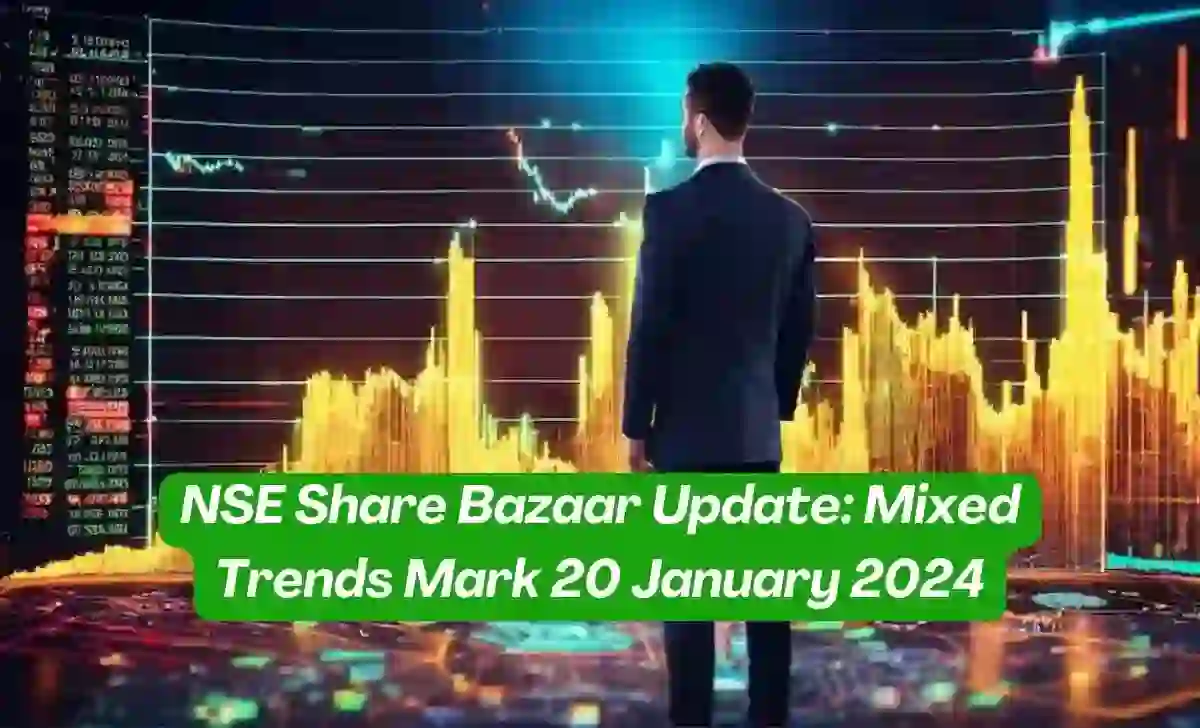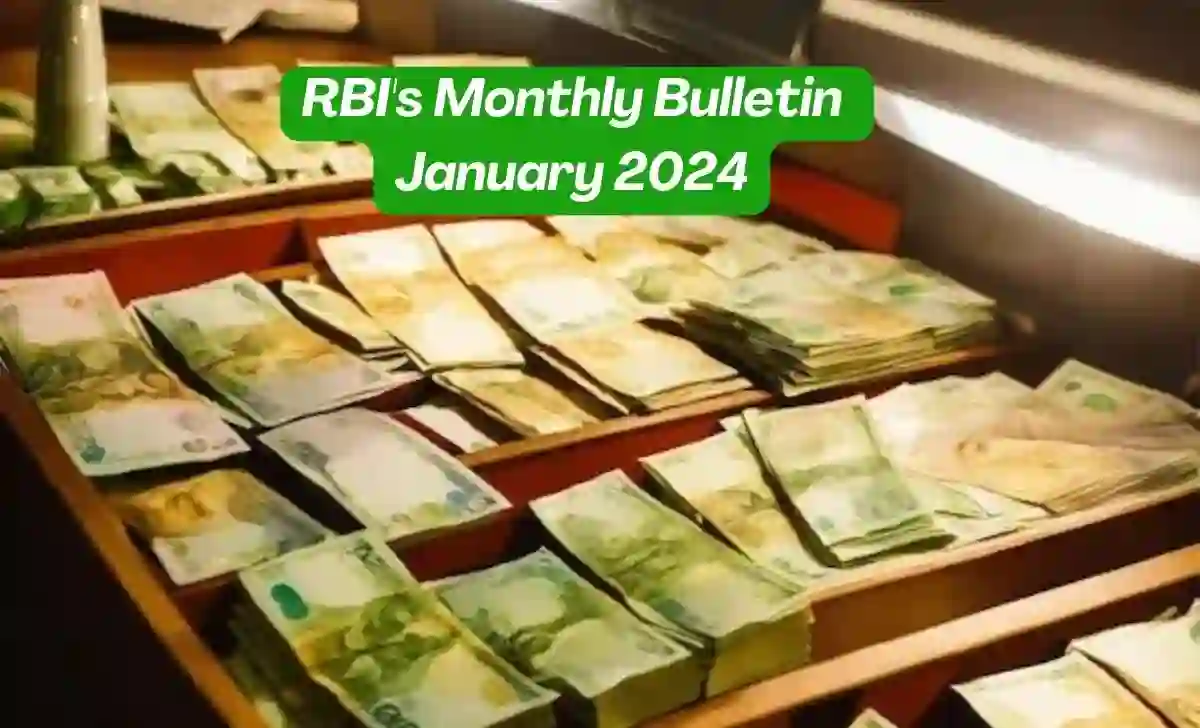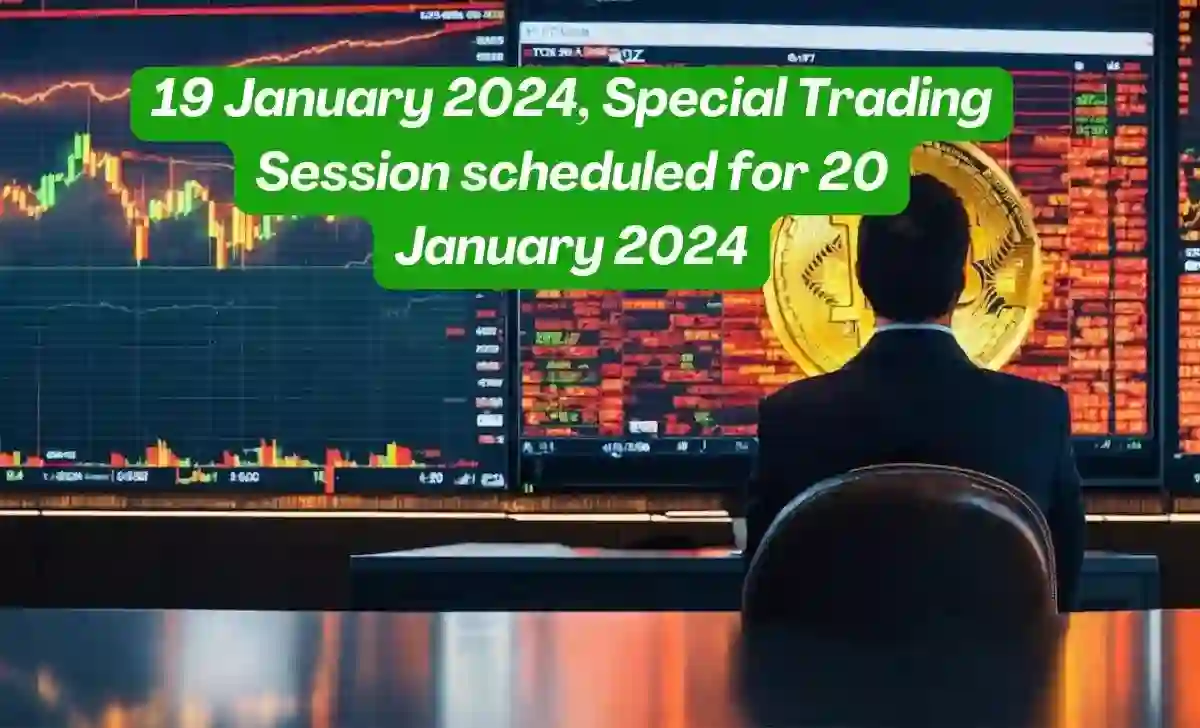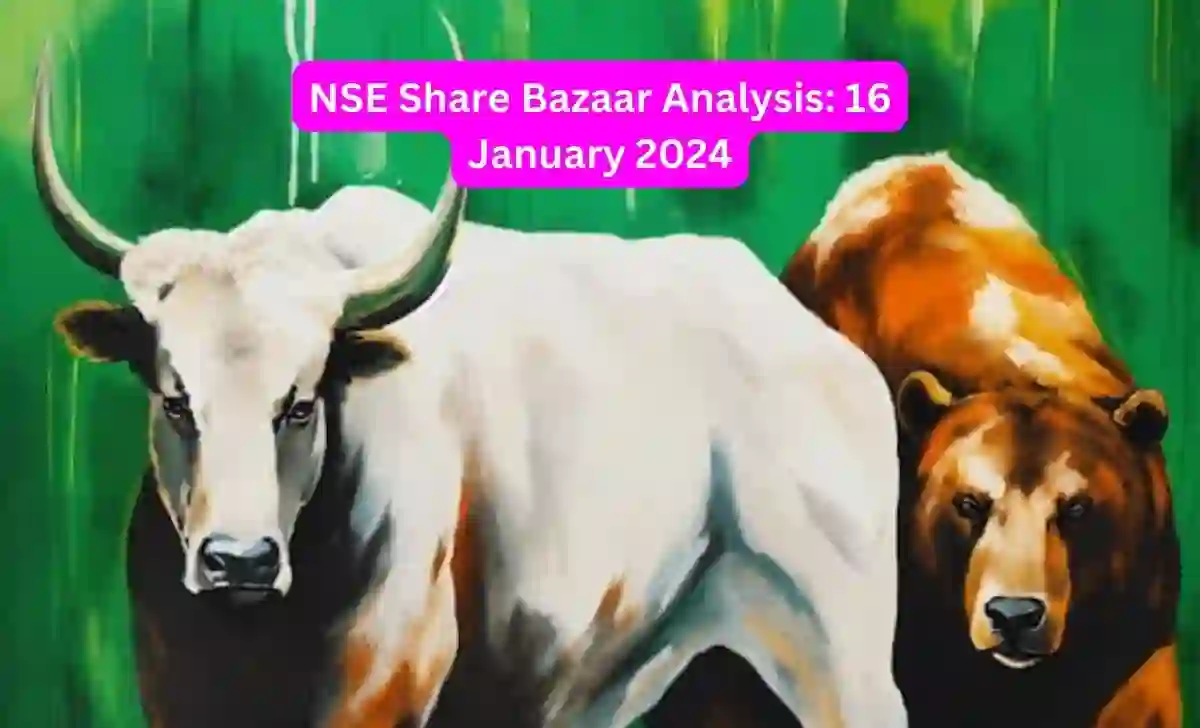SEBI to Conduct Stress Tests on Equity Schemes: Safeguarding Investments in Volatile Markets
Discover how SEBI plans to enhance financial stability by conducting extensive stress tests on equity schemes. Navigate market volatility with informed investment strategies.
Introduction: Stress Tests on Equity Schemes
The Securities and Exchange Board of India (SEBI) is taking proactive measures in collaboration with the mutual fund (MF) industry to conduct comprehensive stress tests on equity schemes. In a recent announcement, SEBI Chairperson Madhabi Puri Buch highlighted the significance of these stress tests and the need to formulate effective strategies to address potential challenges identified during the testing process.
Exploring the Context:
During a recent summit on capital formation organized by the Association of Investment Bankers of India (AIBI), Buch expressed dissatisfaction with the initial data received from the first round of stress tests on equity schemes conducted by fund houses. She emphasized the importance of a thorough examination of stress testing numbers and devising industry responses in the event of breaching certain thresholds.
Investor Trends and Market Dynamics:
This initiative of stress tests on equity schemes comes at a time when investors are increasingly allocating substantial funds to small-cap and mid-cap schemes, even in the face of elevated valuations. In 2023, small-cap and mid-cap schemes accounted for a noteworthy 40% of the total net inflows into active equity schemes, receiving a significant Rs 64,000 crore out of the total inflows of Rs 1.6 lakh crore.
Also Read:
Identifying Risks in Small-Cap and Mid-Cap Investments:
Beyond the risk of sharper corrections compared to large-cap stocks, small-cap shares also face liquidity risks due to relatively thin trading volumes. With mutual funds obligated to reimburse investors within a short notice period, liquidity risks can become a challenge, particularly during periods of market distress.
Proactive Measures by Fund Houses:
To mitigate such risks, some fund houses have already taken steps to limit inflows into their schemes. Notably, SBI MF has refrained from accepting lump-sum inflows into small-cap schemes for several years, while Tata MF and Nippon MF ceased accepting lump-sum investments last year.
Market Analysis and Expert Opinions:
Despite a cautious sentiment among analysts regarding the mid-cap and small-cap space following the significant rise in 2023, data from Bloomberg reveals substantial gains in the Nifty Midcap 100 and the Nifty Smallcap 100—46.6% and 55.6%, respectively, compared to a 20% rise in Nifty 50. Consequently, mid and small-cap indices now trade at a premium to large caps.
Ensuring Financial Stability:
Senior MF executives emphasize that large redemptions should not pose a significant issue for small-cap funds, especially if they maintain substantial allocations in large-cap and mid-cap stocks, along with sufficient cash reserves. SEBI regulations permit up to 35% exposure to mid-caps and large-caps in small-cap schemes.
SEBI’s Perspective on Stress Tests on Equity Schemes
Madhabi Puri Buch reiterated that stress tests are a routine part of the regulator’s responsibilities, particularly during significant market movements. She emphasized the necessity of data-driven examinations and stressed that stress testing naturally needs to happen at the portfolio level.
Future Steps and Involvement of Smaller Fund Houses:
According to MF officials, the initial stress tests on equity schemes focused on players with substantial exposure to the small-cap and mid-cap space. Plans are underway to involve smaller fund houses in subsequent rounds to share their stress test reports.
Looking Ahead:
While it is mandatory for the industry to stress test debt funds, there are proposals to make stress testing a regular feature for equity schemes, particularly those with higher exposure to mid-cap and small-cap stocks, according to an MF executive.
Conclusion:
SEBI’s initiative to conduct stress tests on equity schemes reflects a commitment to ensuring the stability of the financial market amid evolving investor trends. As the industry collaborates to identify and address potential risks, these stress tests serve as a crucial tool in safeguarding investments in an ever-changing and volatile market environment.









